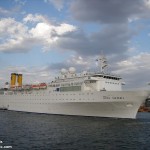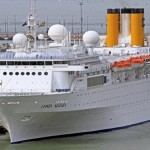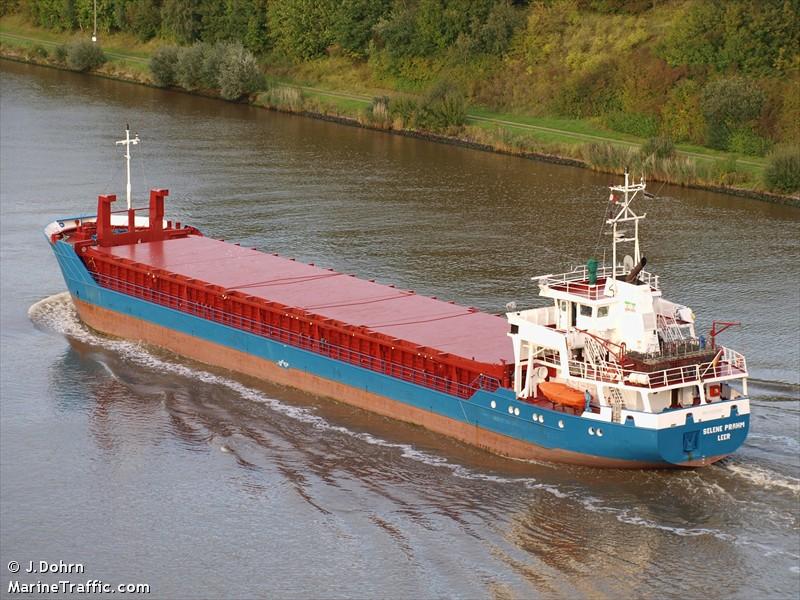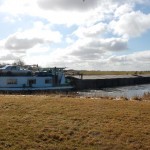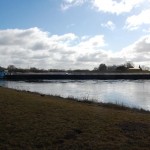Costa Allegra
The 188 meter long, 6966 dwt cruise ship Costa Allegra became disabled in the Indian Ocean between Madagascar and the Seychelles. The vessel had suffered a fire in the ship’s generators. The crew was able to contain and extinguish the fire a few hours later. No reports of injuries. The damage was limited to the engine room with the vessel motors damaged. The vessel sent out a distress call and requested two tugs from the Seychelles. The ship’s communications were reported as still functioning. Italian authorities have asked three commercial vessels and two fishing vessels to assist and were heading to the scene. The Costa Allegra was en route to Mahe, Seychelles from Diego Suarez with 627 passengers and 413 crew on board.
The Costa Allegra is the oldest vessel in the Carnival fleet. Built in 1969, the vessel has 410 cabins allowing up to 1,000 passengers. The vessel was refitted in 2006. Its sister vessel, the Costa Concordia, went aground six weeks ago with 30 lives lost. Reports state the passenger bookings on Costa vessels were down 35 percent. Read more about the Costa troubles at cruisemates.com.
View more information about the Costa Allegra on the Costa website
Related articles
- Costa Concordia: Disaster wipes £1bn off Carnival Corporation share value (dailymail.co.uk)
- Costa Concordia Update (shipwrecklog.com)
- Costa Concordia divers find four bodies in wreck off Italian coast (guardian.co.uk)
